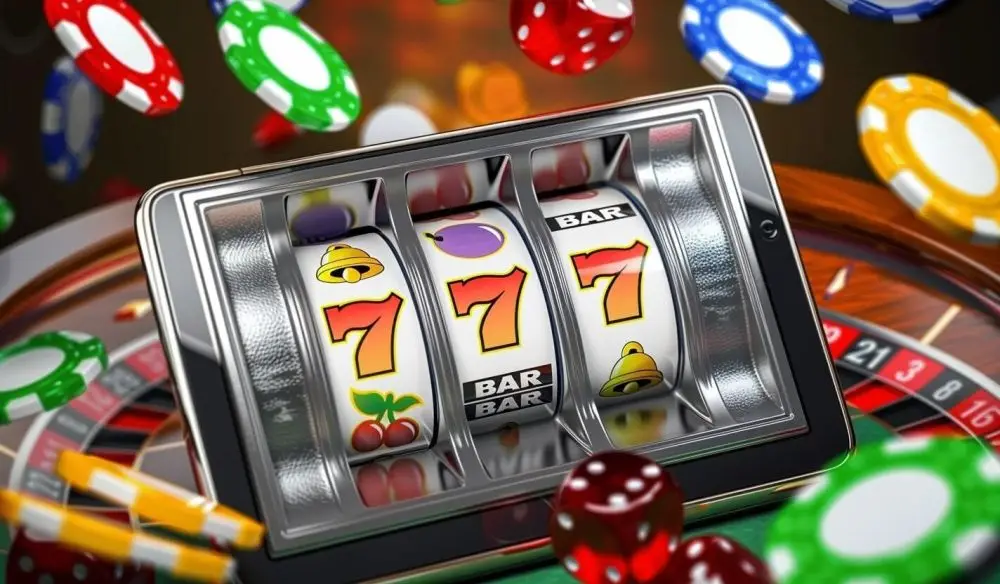The world of online casinos may seem simple — press a button, spin the reels, wait for luck. But behind each spin lies a complex system of calculations. Two key terms play a crucial role in it: Random Number Generator (RNG) and Return to Player (RTP) percentage. The difference between RNG and RTP determines how a slot works at every level — from instant results to long-term payouts. Without understanding the distinction between these indicators, a player risks remaining in the dark and making blind choices. This article reveals how randomness and calculations govern game mechanics, and why understanding these concepts is your first defense against disappointment and a strategic foundation for conscious gaming.
What is RNG
Random Number Generator is the software core that determines the outcome of each spin. The mathematical model uses an algorithm that is independent of previous outcomes and cannot be predicted. Modern online casino software implements cryptographically secure algorithms, such as Mersenne Twister or SHA256-based systems, to achieve true randomness.

Randomness is not influenced by the operator or provider — this ensures the fairness and security of the game. Certification from laboratories like iTech Labs or eCOGRA confirms compliance with standards. Software audits, license control, and independent regulation prevent interference in the outcome.
The difference between RNG and RTP is clear here: The randomness algorithm is responsible for instant decisions, while the payout percentage is for long-term statistics.
What is RTP
Return to Player is a fixed percentage calculated based on millions of spins. It shows what portion of bets a slot returns to the player in the long run. For example, a slot with a 96.3% RTP will distribute $963,000 back to players out of a total $1,000,000 wagered. The remainder goes to the operator as profit.
Each provider adjusts this indicator within specified ranges. The license sets a minimum threshold — in some jurisdictions, it cannot go below 92%. The higher the RTP, the lower the casino’s advantage. However, the difference between RNG and RTP is that the payout rate does not guarantee a win in a specific session. It is a statistic, not a prediction.
Why RNG and RTP are Confused
The mistake is to consider the player return percentage as the probability of winning. The probability in slots is the result of the Random Number Generator’s work. RTP is not a guarantee but an averaged result. For example, two players on the same slot can get completely different payouts: one may hit a big win in 10 minutes, while the other may not get any bonus combinations in an hour. The RNG determines the result, and the payout rate reflects the slot’s behavior over a long period.
The confusion is exacerbated by the lack of visual differences. The interface of the same slot does not reveal which parameter has been activated — a random result or a statistical return.
When the Law Controls: License, Audit, and Regulation
Software providers must undergo multi-level certification. The main stages include:
- Development of the RNG algorithm — mathematically proven randomness.
- Calculation and fixation of RTP — an immutable formula embedded in the code.
- Independent audit — testing by laboratories with access to the algorithms.
- Obtaining a license — jurisdictions like MGA (Malta), UKGC (United Kingdom), Curacao.
Regulation protects the player’s interests, ensuring transparency of mechanics. The difference between RNG and RTP is particularly important here: regulators check both metrics separately and simultaneously. Without certification, a game will not enter the market.
Who Governs the Rules: Operator, Provider, and Control
An online casino operator provides access to games but does not always develop them. This is the provider’s responsibility. The provider is responsible for the payout settings, the algorithm embedded in the game, and compliance with license requirements. The operator, in turn, integrates games through APIs and ensures the security of the connection.
If a game shows abnormal behavior, regulation demands its temporary blocking and re-audit. Each registered win is recorded on the server side, not the client’s side. It is impossible to interfere with the randomness algorithm even through the administrative panel. The former is monitored in real-time, while the latter is predetermined.
Difference Between RNG and RTP
The difference between RNG and RTP lies in their opposite functions: the former determines instant outcomes, while the latter sets a statistical model over a long distance. One defines the random result of each spin, while the other describes the average return of funds after millions of bets.
The Random Number Generator acts instantly, relying on cryptographic algorithms and being built directly into the software code. Its task is to ensure absolute unpredictability of every game event.
In contrast, the return rate is a fixed indicator calculated based on a mathematical model. It does not change from round to round and is predetermined by the provider. This parameter affects the overall perception of the game and helps the player assess the likelihood of fund return.
RNGs are tested through multiple simulations, while RTPs are theoretically checked by analyzing the correctness of the calculation formula. The generator may use different algorithms depending on the mode — for example, base game and bonus feature — while the payout rate remains unchanged for the entire slot.
In essence, one tool ensures fairness and protection against manipulation, while the other is for strategic choice and financial predictability. Together, they provide a mathematically justified and fair gaming process, free from the operator’s influence.
Why Considering Both RNG and RTP Simultaneously is Important
Ignoring one parameter and relying solely on the other leads to a distorted perception of slot mechanics. The difference between RNG and RTP becomes critical when it comes to choosing a strategy, budget, and session duration. For example, high volatility combined with a random number generator can create the illusion of “unluckiness” — the player loses funds quickly without getting returns. However, the stated payout rate can only be realized over tens of thousands of spins.

Statistics show that slots with a return rate above 96% increase the chances of a positive balance in long gameplay, but the moment of winning still depends on the randomness algorithm. Leading brand software demonstrates stability precisely in this synergy. Microgaming, Pragmatic Play, Push Gaming — providers that implement precise synergy between the randomness algorithm and fixed returns.
Conclusion: Difference Between RNG and RTP
The difference between RNG and RTP is the boundary between random outcomes and predictable behavior. Games with a high payout rate may seem more favorable, but the randomness algorithm remains the ultimate judge of each spin. Ignoring these metrics leads to disappointments. Understanding leads to control and informed choices.
 en
en  ru
ru  de
de  ar
ar  es
es  nl
nl  hi
hi  fr
fr  it
it  pt
pt  el
el 



